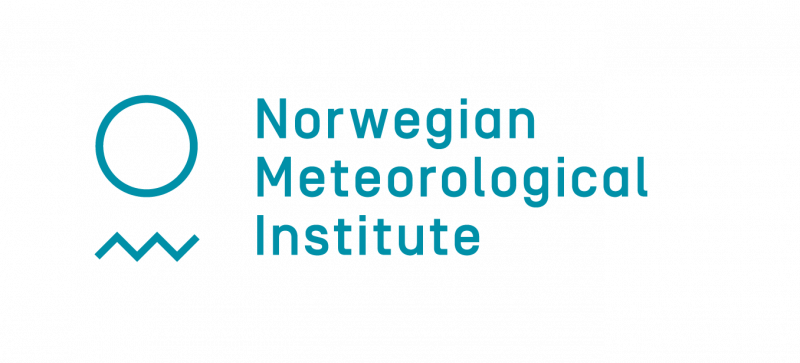We suggest the following 5 workflows:
- Search and selection on the landing site, followed by online data visualization, transformation and download of the selected products. In this workflow it is presumed that the user maintains his/her own tools for further data analysis (after downloading products).
- Search and selection on the landing page, online visualization of the selected products, installation of local VM from ansible configurations with tools and data access, and local interactive analysis of the selected products (execution environment A).
- User controlled interactive (IPython terminal or Jupyter Notebook) data search, selection, and analysis on a virtual machine hosted by CVL (execution environment B).
- User controlled interactive (IPython terminal or Jupyter Notebook) data search, selection, and analysis on a VM installed on a local system (e.g., a user’s laptop), based on vagrant and ansible configurations offered on the landing site (execution environment A).
- Data processing component to execute batch processing chains developed in the science use cases or by CVL users (in workflows 2, 3 or 4). This will allow basic automatic processing capabilities of time series analysis, computing anomalies, computing statistics, data analysis operators, etc., and visualization of the results. The processing is performed on a VM hosted by CVL, and the results and visualizations will be made available to the user (execution environment D).
3D visualizations will be based on NGVOC (Norut Geo Visualization Open Core), and should be available in all workflows via the web portal and in Jupyter Notebooks through integration with NGVOC.
Workflows are implemented in a workflow environment as indicated in the illustration below.






